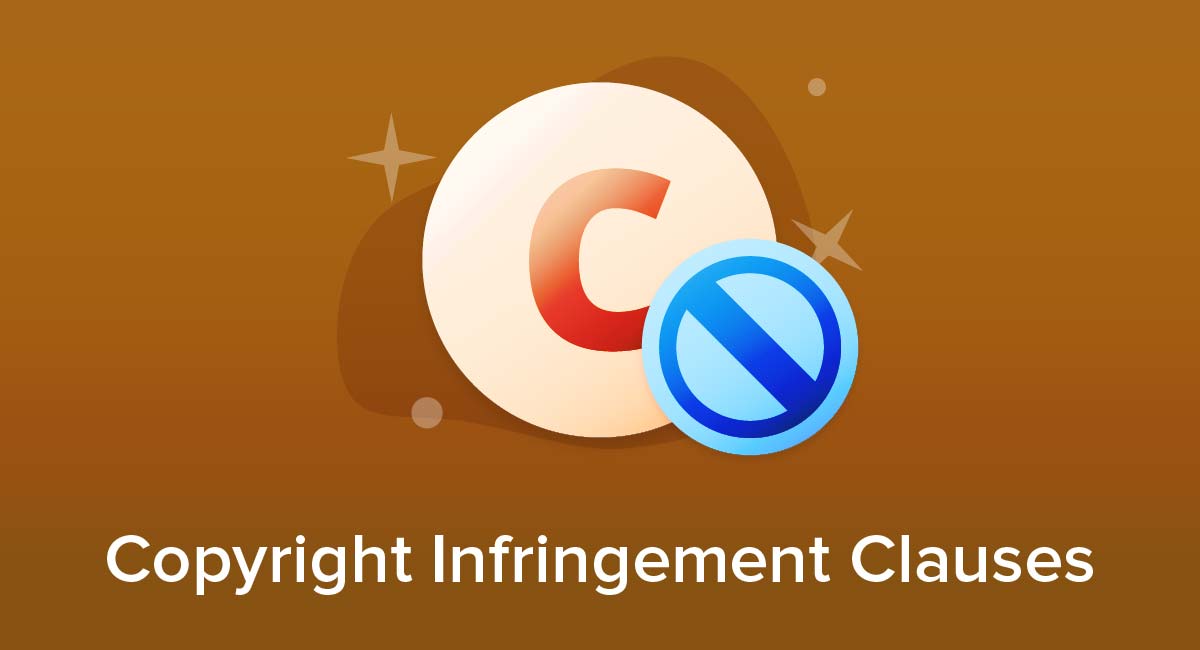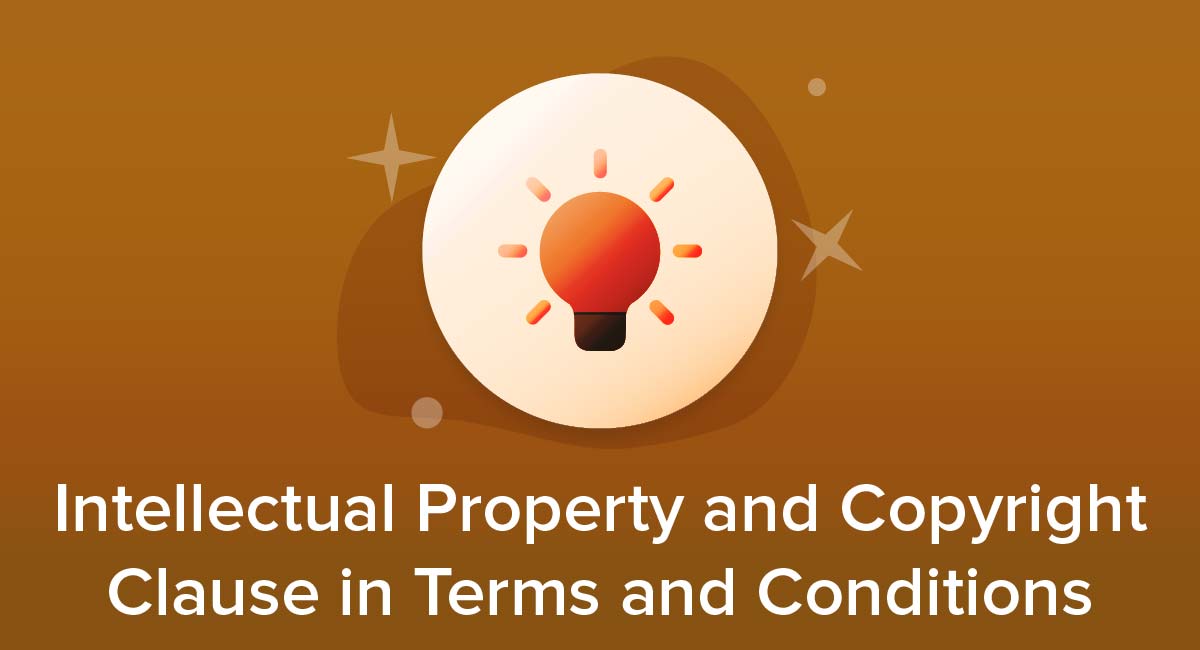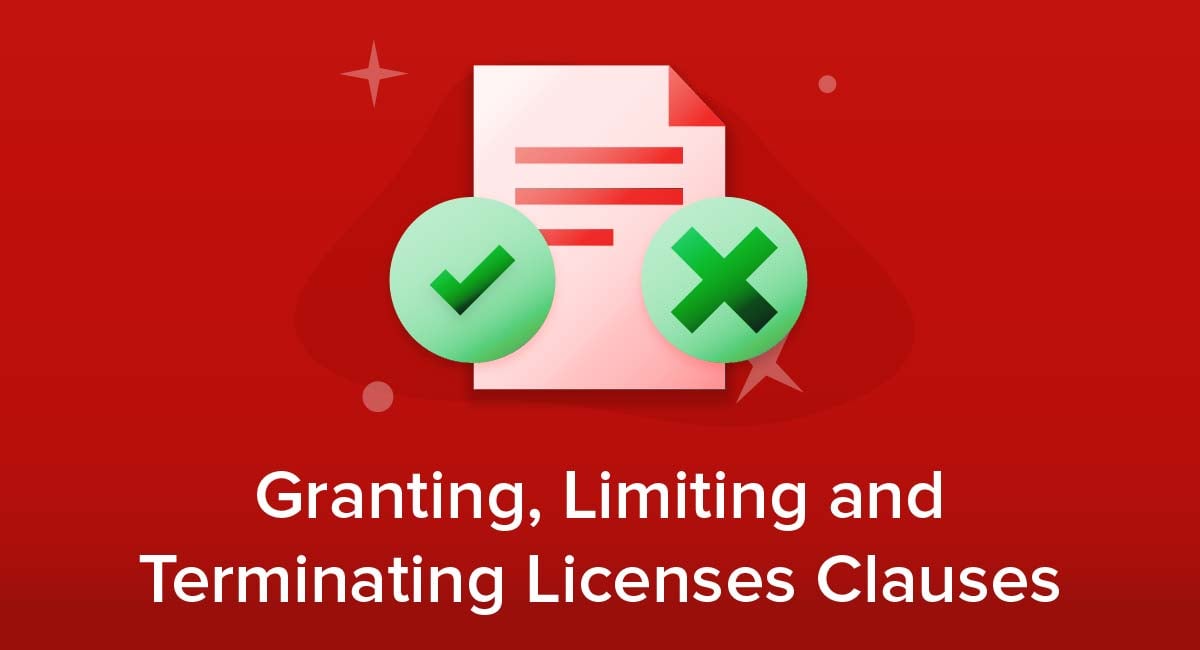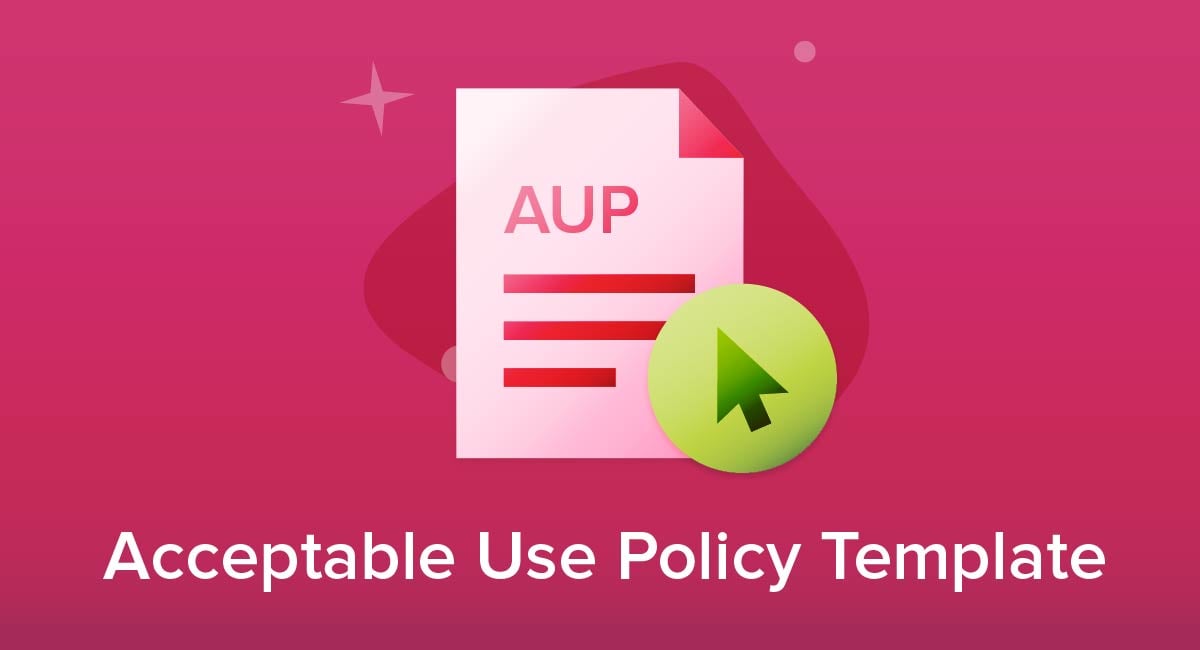
An Acceptable Use Policy can help dictate how your website should be used.
What you include in your Acceptable Use Policy and the restrictions you state can go a long way in helping avoid potential legal issues. The thing to remember the most about Acceptable Use Policies is making sure you are as clear as possible about how your site should be used in order to avoid any misunderstandings.
If you are looking to draft an Acceptable Use Policy and are unsure about what it is, how to create one, and where you should display it, the below article guides you through the steps to creating your website's Acceptable Use Policy.
- 1. What is an Acceptable Use Policy?
- 2. How to Create an Acceptable Use Policy
- 2.1. Statement of Purpose
- 2.2. Scope
- 2.3. Definitions
- 2.4. Acceptable Uses
- 2.5. Prohibited Uses
- 2.6. Content Standards
- 2.7. Intellectual Property
- 2.8. Violations
- 2.9. Liability
- 2.10. Updates to the Acceptable Use Policy
- 3. Where to Display Your Acceptable Use Policy
- 4. Summary
Our Free Terms and Conditions Generator is created to help you generate a professionally drafted agreement that can include various terms and conditions for your site and/or app.
- Start the Free Terms and Conditions Generator from our website.
- Select platforms where your Terms and Conditions will be used (website, app or both):
- Answer a few questions about your website or app information:
- Select the country:
- Answer a few questions about your business practices:
-
Enter your email address where you'd like to receive the new Free Terms and Conditions and click "Generate":
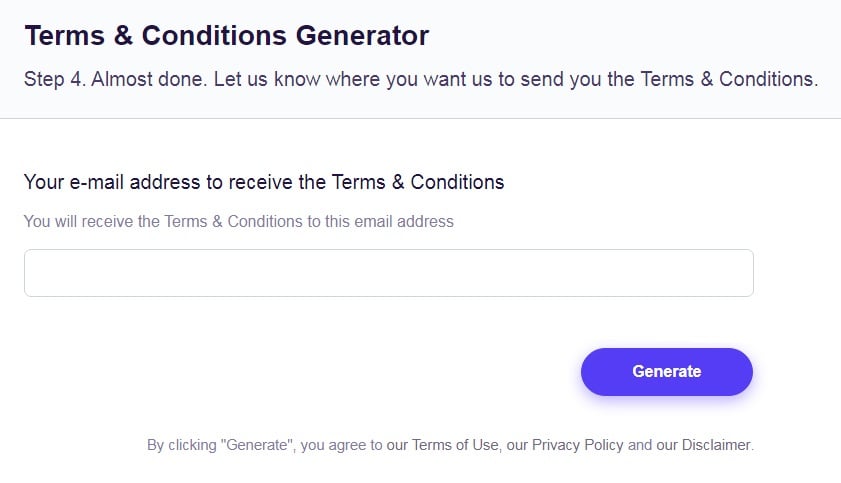
Once generated, you can copy and paste your Free Terms and Conditions agreement on your website or app or link to your hosted Free Terms and Conditions page.
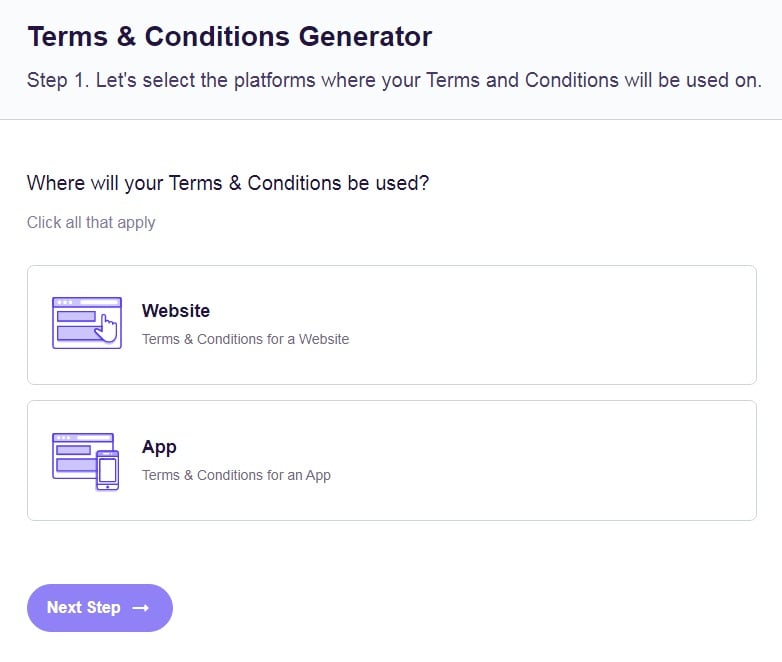
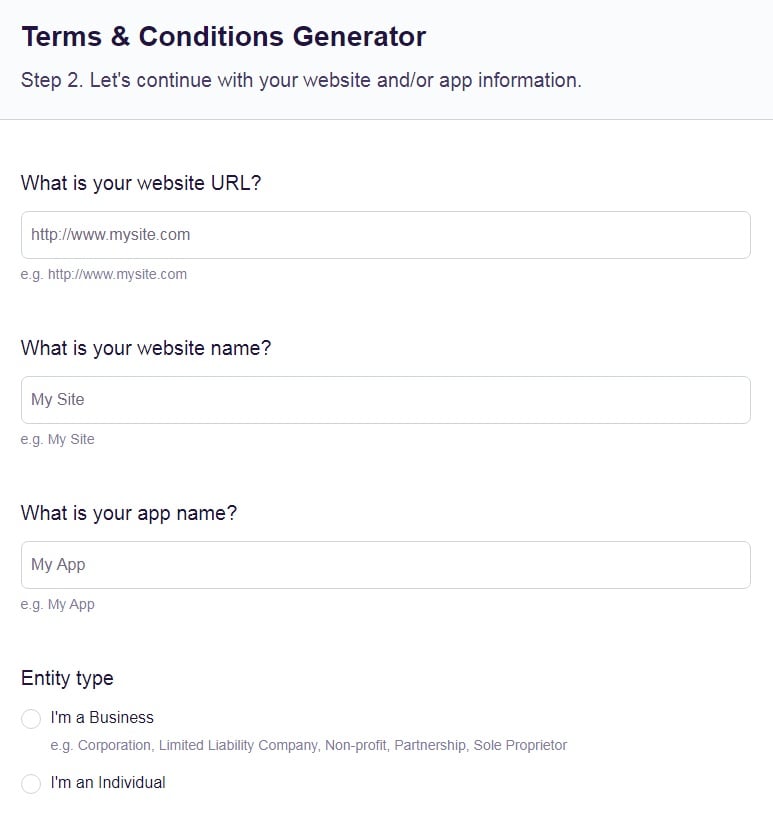
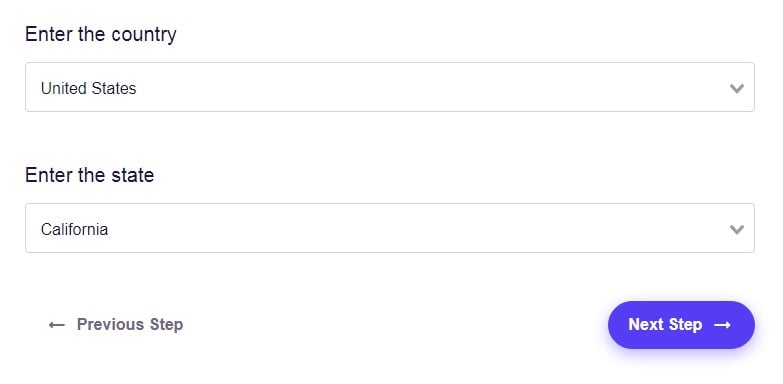
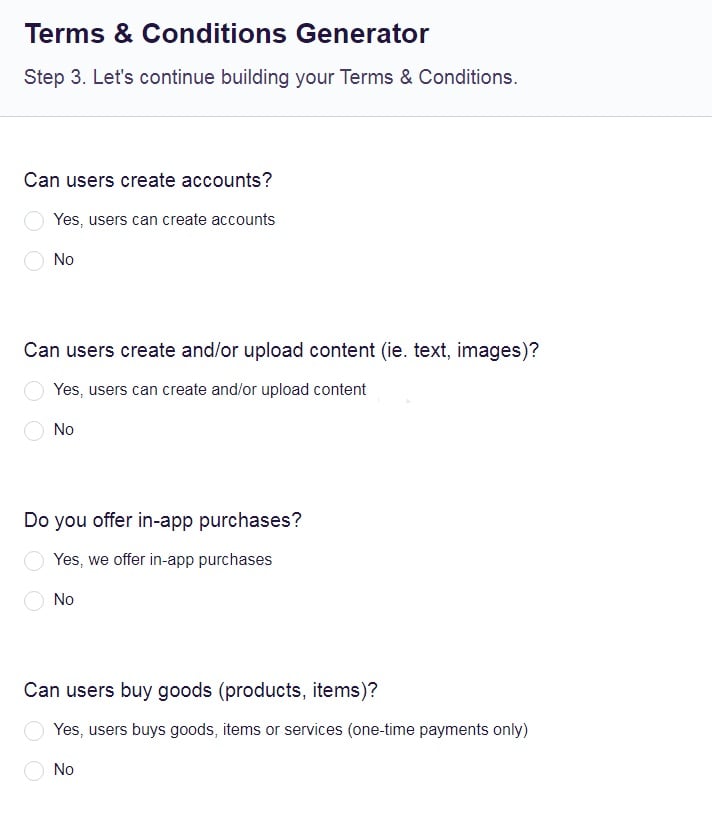
What is an Acceptable Use Policy?
An Acceptable Use Policy is a set of rules that dictates how a website is to be used, what users are not allowed to use it for, and the consequences of violating the policy.
While an Acceptable Use Policy isn't legally required, it's highly recommended in order to protect your site from legal liability and abuses.
How to Create an Acceptable Use Policy

An Acceptable Use Policy doesn't need to be long winded or overly detailed. Actually, it's recommended that it is concise and to the point so as to limit the possibility of confusion or misinterpretation.
There is no legal requirement for what should be in an Acceptable Use Policy since it's not legally required to have one. What you include is entirely up to you and the uses that you allow.
However, here are some sections you will often see in Acceptable Use Policies:
- Statement of Purpose
- Scope
- Definitions
- Acceptable Uses
- Prohibited Uses
- Content Uploaded
- Intellectual Property
- Violations
- Liability
- Updates to the Policy
Now let's take a look at the sections with explanations and examples.
Statement of Purpose
The Statement of Purpose, or Preamble, provides a quick overview of what the policy is, who it is for, and who it is protecting.
It typically acts as a way to put users on notice of how the policy should be interpreted and reminding users that the site should only be used for prohibited purposes that follow the policy. This preamble can state what is generally considered "acceptable use," which often includes respecting other users, the integrity of the network, and agreements.
Brown University's Purpose Statement provides a quick overview of what its internet services are meant to be used for, why having access to its internet is a privilege, and actions the university may take if any user violates the policy:
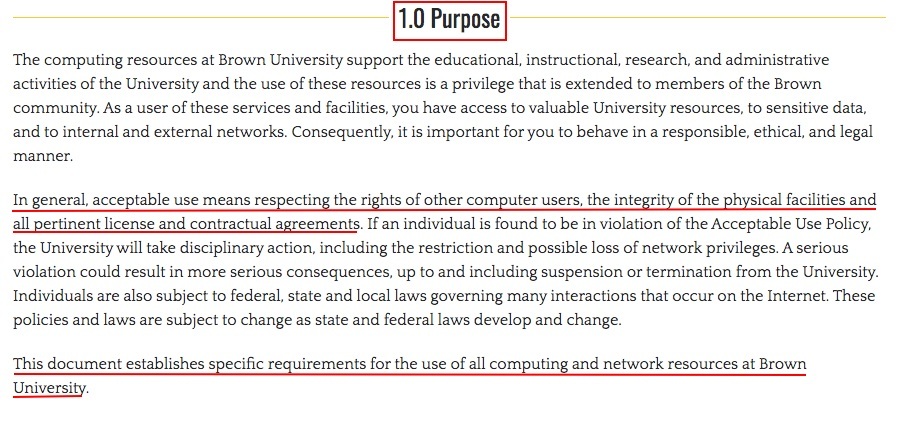
The Statement of Purpose can also be where you state the "applicability" of the Acceptable Use Policy. This would include who it applies to and the parameters of the usage.
The applicability of the policy can even extend to use outside of the website, as Digital Reality's policy states. Its policy covers "all aspects" of the usage of its services, such as network, equipment, facilities, and products:
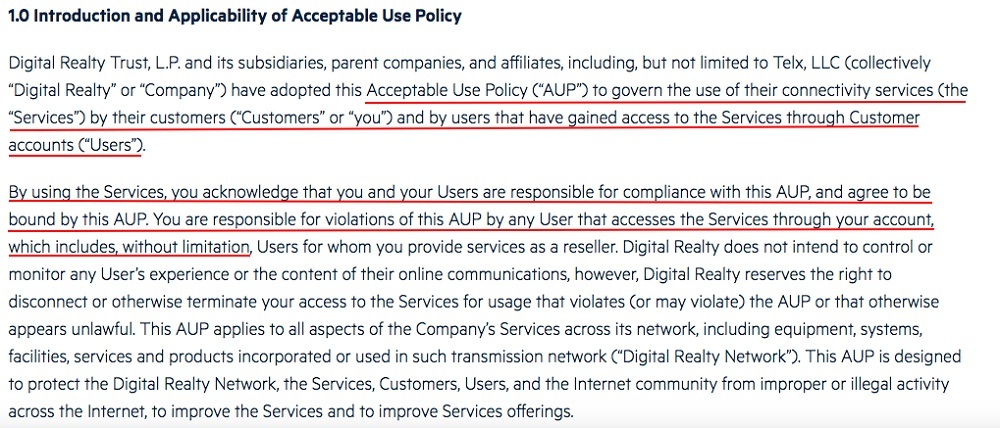
Scope
Having this section in your Acceptable Use Policy provides you with an additional opportunity to make your Acceptable Use Policy clearer and help the user better understand the policy.
You can simply include a Scope section stating what the Acceptable Use Policy applies to, as AT&T does:

Depending on the nature of your business, you may have more falling under the scope of the policy, as The University of Iowa does:
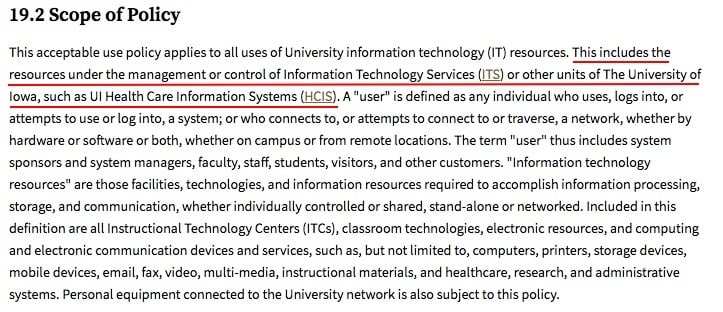
Definitions
Defining who is considered a "user" under the policy, what are considered "services," or who is "we" can help avoid potential issues down the road if there is a legal dispute.
Here's an example of how you can include a Definitions section in your Acceptable Use Policy, from MediacomCable. In its Residential Acceptable Use Policy, it defines who the "we" and "you" terms are in the policy to make clear who the two parties to the policy are:

Arizona University, on the other hand, has a completely separate Definitions section. It defines key terms in the policy, such as "Information System" and "University Information" so users are made aware of exactly what is covered by the policy:
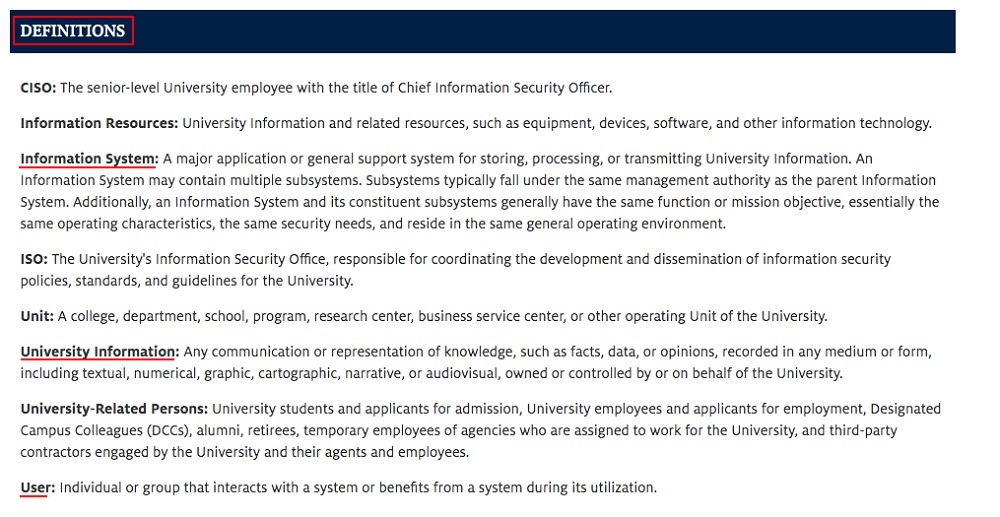
It is entirely up to you when drafting your Acceptable Use Policy of whether to include a separate Definitions section. Something to consider is if you want your Acceptable Use Policy to cover a large number of uses and there are a lot of terms, having a separate section may be best.
Acceptable Uses
One of the key sections in your Acceptable Use Policy is the Acceptable Uses Section. This is where you can state what is considered acceptable use under your policy.
Dell offers an example of how you can have a simple Acceptable Uses segment stating what users may use the site for, such as its "intended purpose."

ACSD's Employee Acceptable Use Policy states that acceptable use is any conduct that is consistent with the school district's "educational manual":

Prohibited Uses
The bulk of your Acceptable Use Policy will be spent on the Prohibited Use Section. This is where you get to state what uses are prohibited and not acceptable. You can be as specific as you want, or be more general.
A word of caution if you go too general, it could leave the door open to misunderstandings about what is considered prohibited and could leave your website open to liability issues.
CenturyLink has multiple subsections in its Prohibited Content, including general prohibited uses and more specific inappropriate uses including using the site for obscene comments or hate crimes:
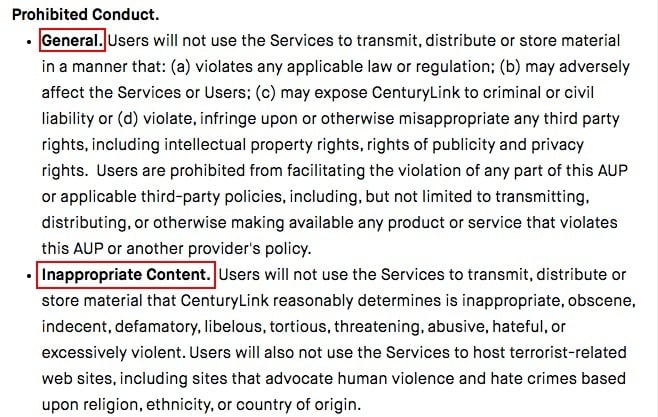
Amazon Pay's Acceptable Use Policy states what specific uses are prohibited and includes examples to help clarify them:
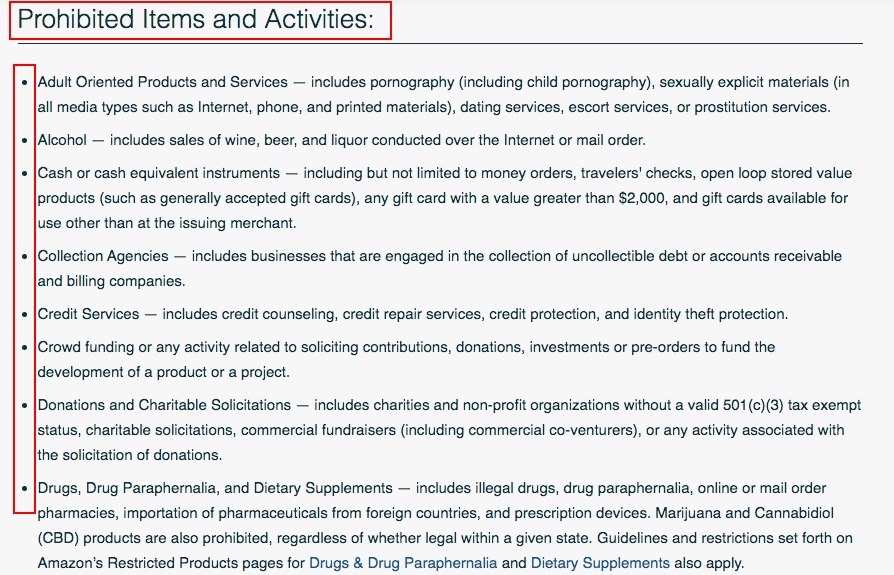
Content Standards
A Content Standards section dictates what type of content is accepted or prohibited from being contributing to a site. This isn't for every website but it is common for sites that accept contributions from users such as forums or blogs.
IP Access' Content Standards for contributions from users must be true and honest and follow the law if users don't want to violate its Acceptable Use Policy:
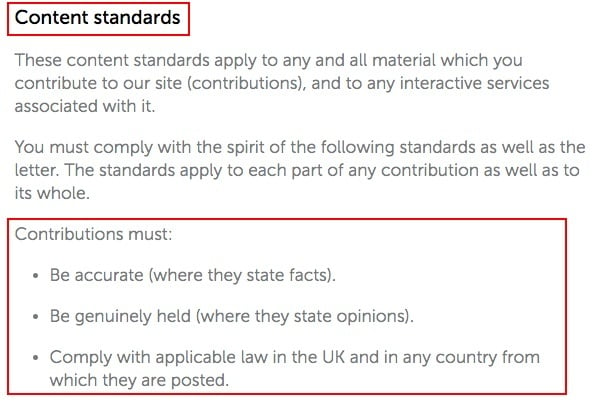
Intellectual Property
You'll typically find a reference to intellectual property, such as copyright and trademark, in Acceptable Use Policies in order to protect the website's own intellectual property and that of other companies and users.
Comcast offers an example of this and includes the actions Comcast can take if users don't follow this specific section of its Acceptable Use Policy:
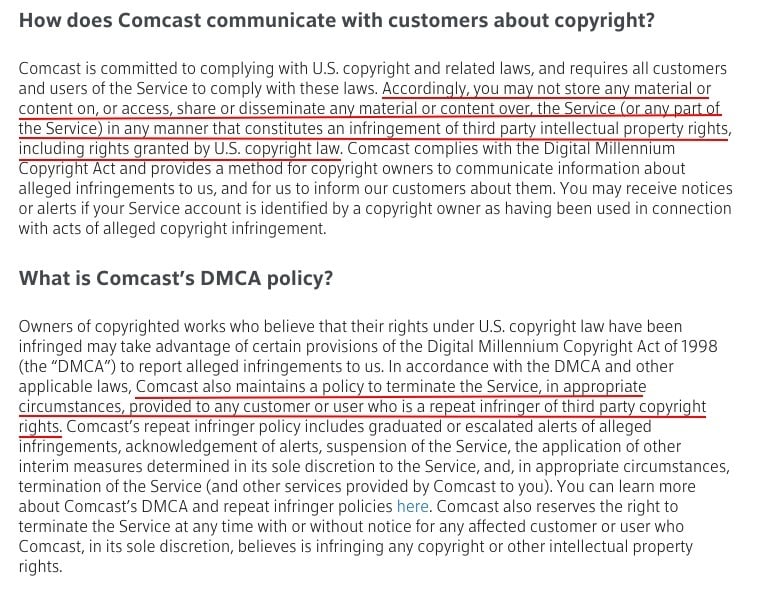
Violations
Users need to be made aware of what may happen if they violate the Acceptable Use Policy. The Violations section is where you are able to clearly state the actions or steps your site can take and will take if there is a violation.
Iowa State University breaks down its Violations sections into Interim Measures it may take if there is a violation, and more severe actions it may also take such as termination or suspension:
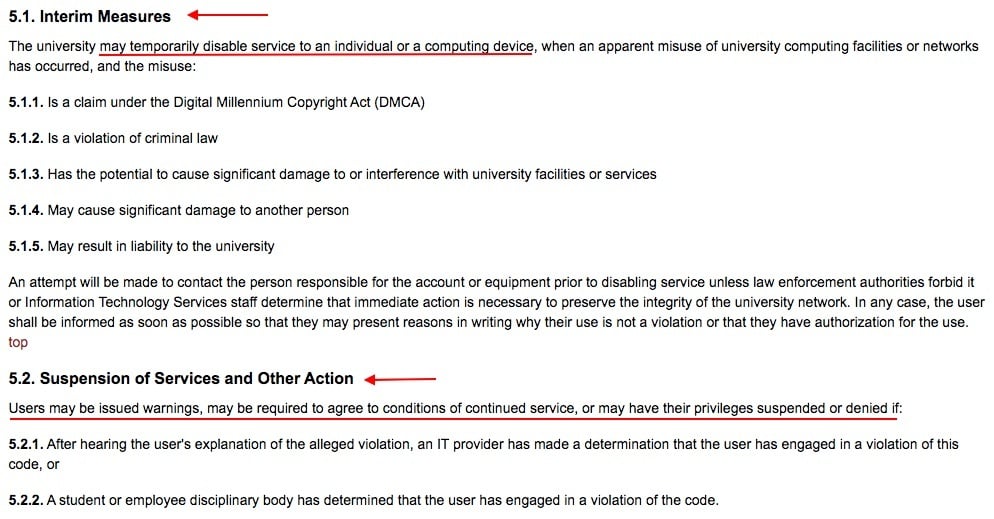
The Boston Public Schools policy states four clearly defined actions it may take if there is an "abuse of the privileges" of using the district's technology:
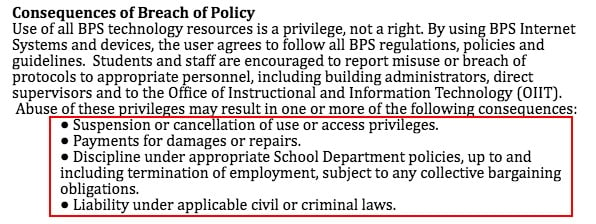
Liability
An Acceptable Use Policy states what actions your site may do if there is a violation of the policy. It also can state what your website is not liable for when taking those actions. This section can be very helpful in limiting your liability if a user suffers damages from their usage being terminated or cancelled.
Living with Schizophrenia limits its liability for any of the sanctions or responses it takes if there is a violation of the policy:
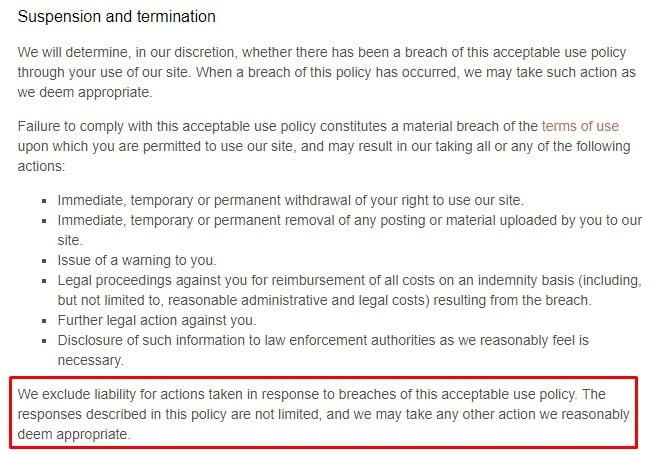
Updates to the Acceptable Use Policy
An Updates to Policy clause works to keep your users informed, while also helping to limit your liability if a user complains they were not notified of changes to the policy.
Georgetown University offers a simple notification that it may update or change its Acceptable Use Policy:

Cole & Son goes a little farther, stating it may revise the policy at any time and reminds users that they should check back to the Acceptable Use Policy to make sure they are complying with the policy since they are bound to if they use the site:

Now let's talk about the best way to display your Acceptable Use Policy once it's created.
Where to Display Your Acceptable Use Policy

Where you include a link to your Acceptable Use Policy is just as important as having one. It should be somewhere on your site that is easy for users to find and access.
Including a link in the footer of your website is a good option as most users look to this area for links to policies and terms.
Take a look at how the Wisconsin DOT does it:
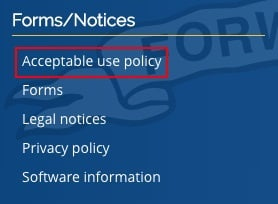
While it is always best to have a separate link on your webpage for your Acceptable Use Policy, including additional links in your other policies can be helpful as well.
Since the Terms and Conditions and Acceptable Use Policy both deal with how users are allowed to use a site, you'll often find a link in the T&C to the website's Acceptable Use Policy for more specific information.
IPAccess provides a link to its Acceptable Use Policy in its Terms of Use:
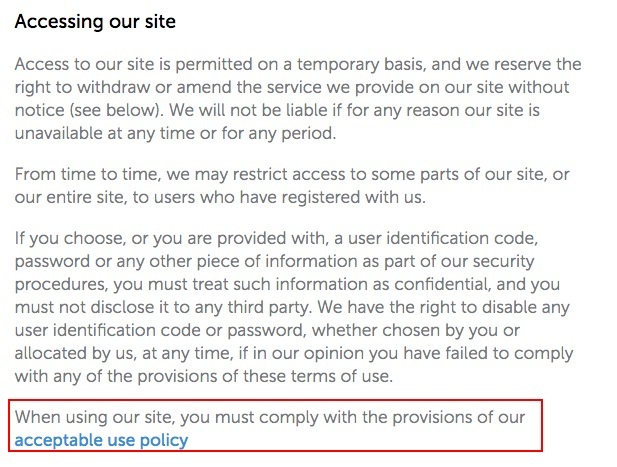
When getting agreement from users for an Acceptable Use Policy its best to receive active agreement. This can be done by using clickwrap, such as an "I Agree" button or having users click a checkbox to show agreement.
Here's how Qatar Airways does it:
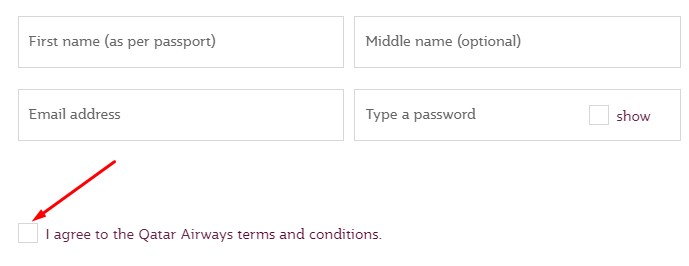
Sometimes companies will state in the Acceptable Use Policy that "use of site means that you accept" the Acceptable Use Policy and its terms. Here's an example from the Equality and Human Rights Commission:
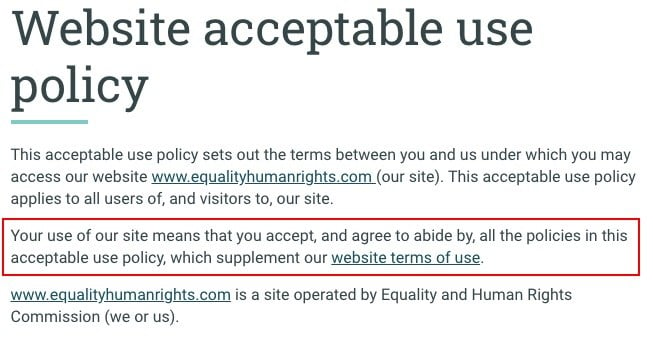
This method is not recommended. Instead, it is highly recommended that you go with the clickwrap method shown first here.
Summary
An Acceptable Use Policy notifies users of what they are allowed to use your site for, and the actions your site may take if the policy if violated. While an Acceptable Use Policy is not legally required, having one is recommended because it keeps your users informed while helping to limit your liability for potential legal issues.
When drafting your Acceptable Use Policy, it's important to remember to tailor it specifically to your business. What sections you have is entirely up to you, but here are some key ones you'll find in most Acceptable Use Policies:
- Statement of Purpose
- The scope of the policy
- Key definitions found in the policy
- What are the acceptable uses under the policy
- What are the prohibited uses under the policy
- The type of content that may be added to the website
- What uses are protected under intellectual property rights
- What your site is not liable for
- Violations and sanctions a website may enact if there is a violation
Remember to place a link to your Acceptable Use Policy in a clear and easily accessible area and request active agreement with a checkbox or an "I Agree" button.
